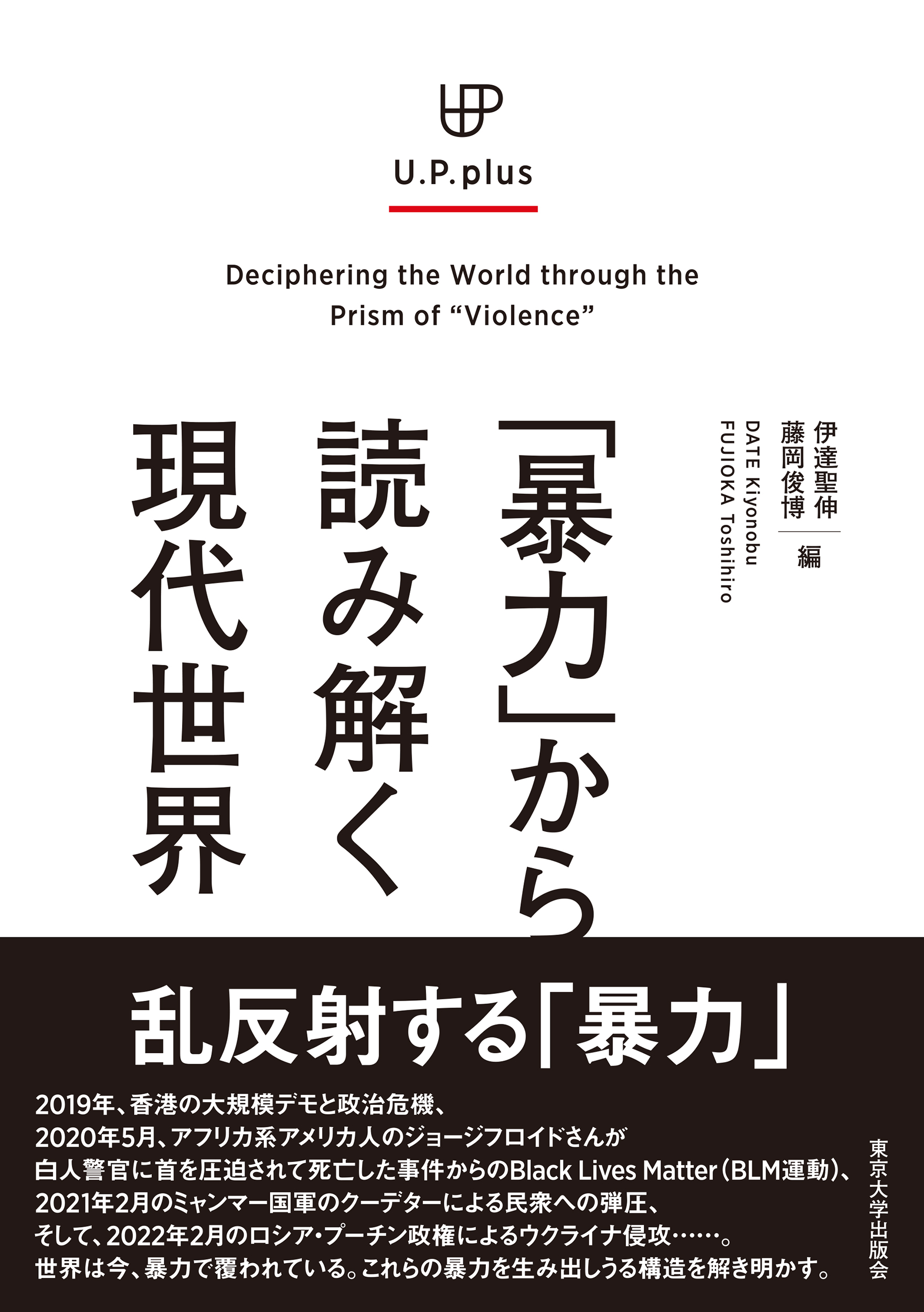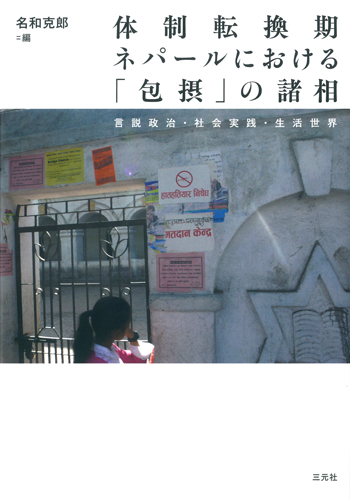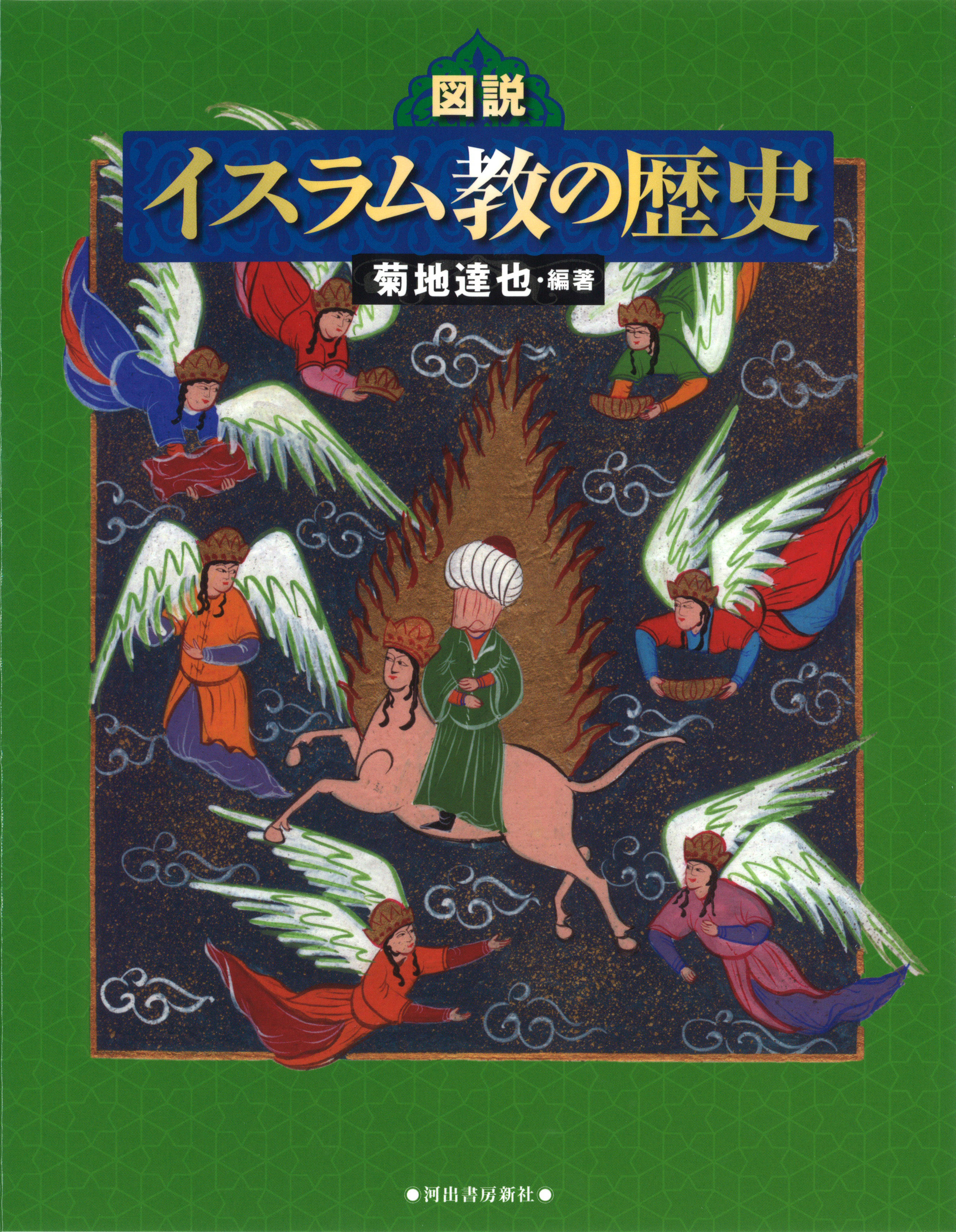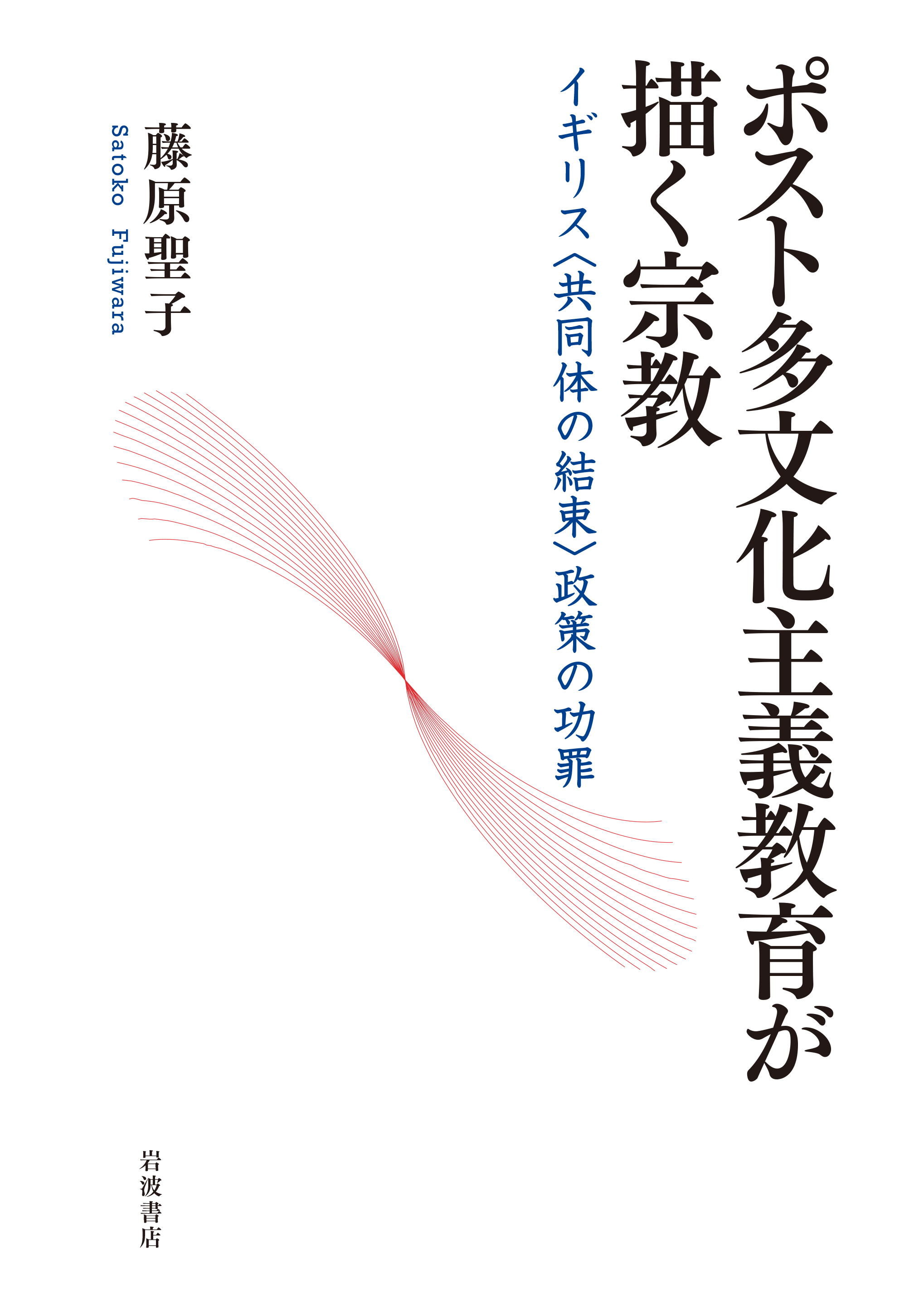
Title
Funsō, Tairitsu, Bōryoku (Conflict, Strife and Violence: A Primer in Area Studies)
Size
208 pages, paperback pocket edition, softcover
Language
Japanese
Released
October 20, 2016
ISBN
978-4-00-500842-1
Published by
Iwanami Shoten, Publishers.
Book Info
See Book Availability at Library
Japanese Page
Conflict, Strife, and Violence: A Primer in Area Studies (co-edited with Shinichi Takeuchi, Iwanami Publishers, 2016, in Japanese) brings together essays written by area studies scholars whose specialized fields of study encompass Europe, North and South America, Africa and Asia. Employing the disciplines of history, politics, sociology and anthropology, the essays analyze the backgrounds of conflicts and violence that have led various areas of the world into turmoil and discuss what the future may hold for people affected by such major disturbances. The essays are written primarily for younger students and thus in a plain style, but their subject matter is quite challenging. They delve into questions of nationalism, ethnicity and race, religion, income equality, chains of violence, in short, those fundamental issues that need to be grappled with in order to understand our contemporary world.
This book was conceived partly in response to the 2015 attack by Islamic terrorists on Charlie Hebdo, the publisher of a weekly satirical newspaper of the same name in Paris. The paper was known for its inflammatory depiction of prophet Muhammad on its covers, which many Muslims regarded as a desecration of their religion. The attack claimed the lives of 12 editors and cartoonists and prompted a strong reaction around the world, as it was regarded as a brutal attack on “freedom of speech and expression.” Even so, if one were to be carried away with rage and stopped short of delving into the root causes of the attack, an important opportunity to reexamine the state of our contemporary world would be lost. Questions such as why so many Muslims feel isolated in France, or why, for increasing number of people, the ideas of multiculturalism and tolerance appear irrelevant or even obsolete, are indeed potent questions that need exploration.
Under the auspices of the Science Council of Japan, area studies scholars with diverse specialized fields have been working together for many years. In this volume, eight scholars analyze and compare conflicts and violence in the areas they specialize in and examine why and how such conflicts are triggered in the first place and what mechanisms either aggravate or ease tensions. Although the conflicts under examination vary widely in their fundamental attributes, by taking them up for discussion together, the essays shed light on characteristics that cut across geographical boundaries and elucidate how global challenges such as immigration, refugees and poverty are being dealt with in each locality.
For example, in Africa armed conflicts often derive from a long history of complex interaction between race, religion, and the process of nation building, while in Latin America, where religious and ethnic conflicts are rare, violence triggered by vast economic inequality is posing a grave threat to society. The United States, where the rise of hate crimes is of a great concern, is also facing the rapid expansion of incarcerated population on the basis of which the prison industry is thriving. Japan is also experiencing the rise of racially motivated crimes against Koreans living in Japan. Hate speeches and hate crimes often arise from the unresolved historical tensions between Japan and Korea but they are also set off by the international security environment in East Asia. Together, the essays in this collection flesh out a wide range of conflicts and demonstrate the importance of understanding the backgrounds and the dynamics that divide people and society. Needless to say, bridging those divisions is not easy, but if we are to imagine a better future, a deeper understanding of those divisions must be the start.
It takes an effort to think through problems that are not easily solved. In order to cultivate a global perspective, however, it is imperative to observe conflicts, strifes and violence with empathy towards those who are most affected and in pain. I hope these essays will serve as an introduction to such an effort.
(Written by Fumiko Nishizaki, Professor, Graduate School of Arts and Sciences / 2017)
Table of Contents
Prologue
Muslim World in Splinters (Masanori Naito)
I. Between Fracture and Coexistence
Europe: Multi-ethnic Society and Human Rights on Trial (Takashi Miyajima)
The United States : Hate Crimes and the Prison Industry (Ken Chujo)
II. Understanding Fracture and Violence
Africa: Armed Conflict and Ethnicity, Religion and State (Shinichi Takeuchi)
Latin America: Crime and Social Inequality (Kazuo Ohgushi)
III. Perspectives on History and Diversity
Southeast Asia: Prosperity in a Time of Transition and Change(Koji Miyazaki)
China: Tolerance and Exclusion of Christians (Toshihiko Kishi)
Epilogue
A Peaceful Country Inhabited by Kind People? Thoughts on Japan and the Japanese People (Masaru Tonomura)
Afterword (Hisao Komatsu)



 Find a book
Find a book









